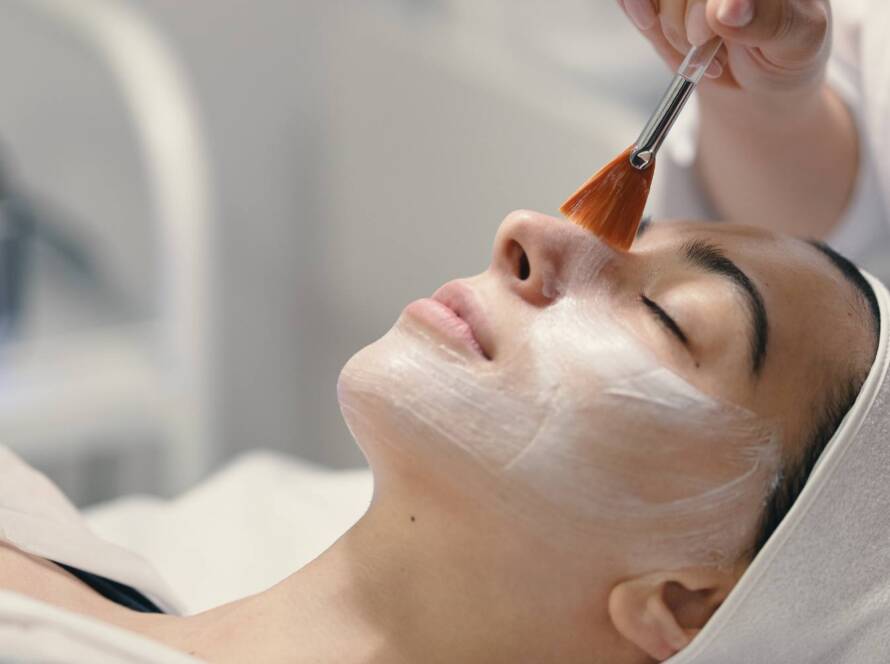Table of Contents
Does waxing reduce hair growth? You’re not alone in wondering. When you commit to regular wax appointments, you expect more than a few smooth days—you want thinner, slower-growing hair and longer stretches of silkiness between sessions. Below, you’ll see exactly how waxing affects the hair cycle, why results vary from person to person, and how you can maximize every pull of the strip.
Understanding How Your Hair Actually Grows
1. The 3 Stages of the Hair Cycle
- Anagen (growth) – New hair forms in the follicle and pushes upward.
- Catagen (transition) – Growth stops; follicles shrink slightly.
- Telogen (rest) – Hair detaches and eventually sheds to make room for the next anagen strand.
Only anagen hairs have a living root bulb. When you wax, you remove the bulb and interrupt the cycle—key to why waxing can influence regrowth over time.
2. Follicle Anatomy 101
Your follicle is a tiny tunnel lined with cells that feed the bulb. Repeated trauma (in this case, controlled trauma from waxing) can weaken that lining, making it harder for hair to anchor itself firmly in the future.
What Happens the First Few Times You Wax
- Week 1–2: You feel ultra-smooth because the entire visible shaft is gone.
- Week 3–4: New anagen hairs emerge, but growth appears sparser and finer because not every follicle is synced to the same timeline.
- After 3–4 Sessions: You may notice patchy regrowth, lighter color, and softer texture. That’s your sign the follicles are starting to get the message.
Quick Tip: Stick to a strict four-week schedule for the first three months. Consistency is the secret sauce that conditions follicles toward dormancy.
The Long-Term Impact: Does Waxing Reduce Hair Growth Permanently?
1. Follicle Miniaturization
Each time you rip the bulb out, the follicle has to rebuild its blood supply. Repeated disruption can miniaturize the follicle, producing thinner, shorter, less pigmented strands.
2. Extended Telogen Phases
Waxing encourages some follicles to “take a break.” When more follicles stay in telogen for longer, overall density drops and regrowth slows.
3. Potential Follicle Dormancy
After years of consistent waxing, certain follicles may stop producing hair altogether. It’s not technically permanent hair removal (that’s laser or electrolysis territory), but it can feel pretty close—especially on areas like legs and underarms where follicles are naturally less stubborn than, say, facial hair.
Myths vs. Facts About Waxing and Hair Growth
| Myth | Reality for You |
| “Waxing makes hair grow back thicker.” | Strands often return thinner because the root bulb is removed, weakening future growth. |
| “If you skip one appointment you ruin everything.” | Skipping slows your progress but doesn’t erase it; resume promptly to keep follicles under pressure. |
| “Waxing works the same on everyone.” | Genetics, hormones, and body area influence outcomes, so manage expectations and track your own progress. |
Factors That Affect Your Results
- Genetics: If you naturally have coarse, dense hair, you’ll need more sessions to see dramatic slow-downs.
- Hormones: Elevated androgen levels (from puberty, pregnancy, or medication) can override waxing’s weakening effect.
- Technique & Products: Skilled estheticians use temperature-controlled wax and swift removal angles that extract bulbs cleanly, maximizing impact.
- Aftercare: Calming the skin reduces inflammation and keeps follicles healthy enough to re-enter waxable stages without breakage.
How to Maximize Hair-Reduction Benefits
Stick to the Sweet Spot Schedule
Aim for every 4 weeks for body, every 2–3 weeks for face. Longer gaps let follicles recover their strength.
Exfoliate—But Not Immediately
Begin gentle exfoliation 48 hours after your appointment to keep dead skin from trapping regrowth and to coax emerging strands to the surface.
Moisturize Daily
Hydrated skin allows wax to grip hair, not skin, ensuring cleaner extractions and less breakage that could leave the bulb behind.
Avoid Tweezing Between Sessions
Tweezers disrupt growth phases one hair at a time and can sync follicles unevenly. Let your wax tech handle the work in bulk for better cycle control.
When Waxing Might Not Be Your Best Bet
- Active Acne or Skin Conditions: Broken barriers risk infection.
- Blood-Thinning Medication: Increased bruising potential.
- Severe Hormonal Imbalance: Consider medical evaluation or laser for more predictable reduction.
If any of these apply, discuss alternatives with a licensed professional before booking.
Complementary Treatments to Boost Results
- Laser Pre-Season: Target stubborn follicles with laser in the off-season, then maintain smoothness with waxing during summer.
- Sugaring Switch-Up: If you experience irritation, sugaring offers gentler follicle extraction while still encouraging miniaturization.
- Topical Growth Inhibitors: Certain post-wax serums claim to slow regrowth; results vary, but adding them can’t hurt your odds.
Smooth Takeaways—Your Path Forward
Regular waxing absolutely can reduce hair growth over time, but only if you commit to a schedule, care for your skin between visits, and stay patient with your body’s natural cycles. Track your progress month by month, and you’ll likely notice finer, slower regrowth that keeps you smoother for longer stretches.
Ready, Set, Smooth
Book your next wax within the ideal four-week window, follow the aftercare tips outlined here, and enjoy watching those follicles wave the white flag. Smoother days are ahead—you’ve got this!




